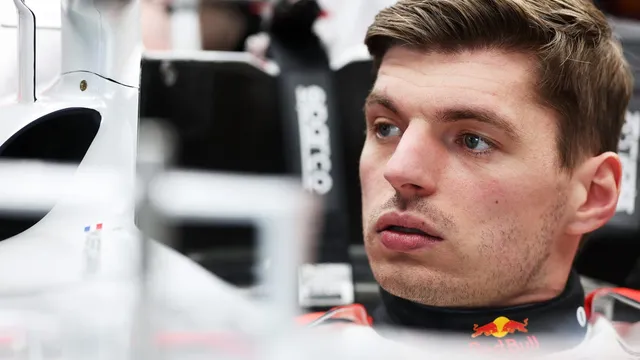
Liam Lawson demoted by Red Bull after disappointing start
2025-04-03 08:03- After only two races in the 2025 Formula 1 season, Liam Lawson was replaced by Yuki Tsunoda.
- Lawson failed to score any points and struggled to adapt to the car's dynamics.
- Red Bull Racing's decision aimed to protect Lawson's talent and improve team performance.
Express your sentiment!
Insights
In early April 2025, during the Formula 1 season in Japan, Liam Lawson faced a significant career setback when Red Bull Racing decided to demote him to their junior team, Racing Bulls, after just two races. Following opening performances that saw him crash in Melbourne and finish poorly in Shanghai, Lawson failed to score any points. Team principal Christian Horner noted concerns about Lawson's mental state and the pressure he felt competing alongside established teammate Max Verstappen. Despite his talent, the team concluded that they had placed unrealistic expectations on the young driver, prompting the swift decision to make a change. Liam Lawson experienced an emotionally challenging period as this move halted his aspirations in what he described as his
Contexts
The history of driver changes in Formula 1 is not only a tale of individual exploits and team strategies but also reflects the evolving landscape of motorsport. Since the inception of the Formula 1 World Championship in 1950, many drivers have come and gone, some earning legendary status while others have largely faded into obscurity. The dynamic nature of team line-ups is influenced by numerous factors, including performance, sponsorship agreements, personal relationships, and individual driver aspirations. Notably, the championship has seen its fair share of rivalries, with iconic battles like those between Ayrton Senna and Alain Prost or Lewis Hamilton and Sebastian Vettel accentuating the story of driver transitions. These rivalries have greatly enriched the sport’s narrative, often serving as catalysts for strategic changes within teams as they seek the best possible driver combinations to secure victories and championship titles. Driver changes can occur mid-season, during the off-season, or as part of scheduled lineup adjustments. Mid-season changes, while less common, have occurred for various reasons, such as poor performance, injuries, or even sponsorship issues. For instance, the abrupt departure of a driver can open doors for younger talents from lower racing categories, adding to the competitive nature of the grid. Off-season changes are often heralded by much anticipation, with teams evaluating their past performance and making bids to acquire the best talent available. The Formula 1 landscape is also shaped by the influx of talent from geographic regions previously underrepresented in the sport, thereby promoting diversity and expanding its global fanbase. Another significant aspect of driver changes in Formula 1 is the role of junior driver programs established by teams. These programs are aimed at nurturing young talents, providing them the necessary platform to showcase their abilities and eventually make their way to the pinnacle of motorsport. Drivers like Charles Leclerc and Max Verstappen have benefited from such programs, transitioning from promising juniors to accomplished F1 racers. The selection process is often competitive and is closely monitored by team management, influencing both short-term and long-term strategic decisions regarding driver recruitment and retention. Ultimately, the history of driver change in Formula 1 illustrates the complex interplay of talent, ambition, and strategy that defines the sport. Each transition not only impacts the careers of the individuals involved but also plays a crucial role in shaping team dynamics and overall championship outcomes. As the sport continues to evolve, the excitement of watching new talents emerge and established stars leave will remain a core element of Formula 1, ensuring its legacy as the premier class in motorsport.